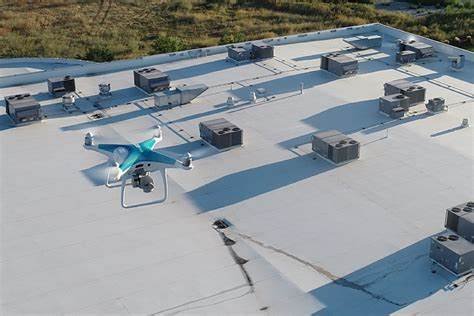Why Do Roofing Prices Keep Going Up in 2025? The Impact of Tariffs and Economic Trends
It won’t come as a surprise that the commercial roofing industry is facing a major challenge: rising material costs. From steel and aluminum to asphalt and insulation, the cost of essential building materials has surged, putting pressure on roofing contractors and developers. But what’s driving these price increases, and what can the industry do to adapt?
Why Are Roofing Material Costs Increasing?
Several factors have contributed to the steady rise in roofing material prices:
Tariffs on steel and aluminum – The U.S. government has imposed a 25% tariff on steel imports and a 10% tariff on aluminum, affecting supplies from key trade partners like Canada, Mexico, and Brazil (CT Insider).
Supply chain disruptions – The lingering effects of lockdown in 2020 and transportation bottlenecks continue to impact roofing supply chains.
Increased demand for commercial construction – As cities expand and aging infrastructure requires updates, the demand for commercial roofing services remains high, putting further strain on material availability.
Regulatory and labor costs – Rising wages, insurance costs, and strict building codes are also increasing construction expenses.
How Is Commercial Roofing Responding?
To manage the impact of rising material costs, the industry is needing to adopt several key strategies:
Alternative materials – With metal prices on the rise, some contractors are turning to composite or synthetic roofing materials that offer durability at a lower cost.
Roofing technology – The adoption of AI-powered software, drones for inspections, and automated estimating tools is helping roofing contractors reduce waste and improve efficiency, which you can read more about in our previous blog.
Supplier partnerships – Establishing strong relationships with multiple suppliers can help roofing companies secure better pricing and avoid shortages.
Value Engineering – Contractors are working closely with architects and property owners to optimize designs that meet both budgetary and performance requirements.
What This Means for Commercial Roofing Contractors
The industry must remain adaptable. Roofing companies should focus on cost-saving measures, embrace technology, and stay informed about evolving trade policies. Staying competitive today requires a proactive approach to pricing strategies and materials sourcing.
The rising cost of roofing materials presents a significant challenge, but with strategic planning, commercial roofing companies can navigate these uncertainties. As the industry continues to evolve, staying informed about economic trends, tariffs, and new technologies will be key to long-term success.
For expert insights on optimizing your commercial roofing business, stay informed with the latest industry news and trends. If you're seeking skilled roofing professionals to navigate these challenges, partnering with a specialist recruitment service can give you an advantage.
We’d love to hear how your firm is addressing these challenges and explore ways to help you stay ahead. Feel free to reach out anytime, we're always here to connect and assist.




